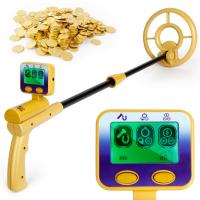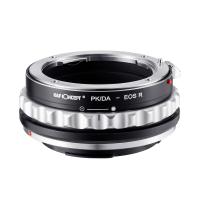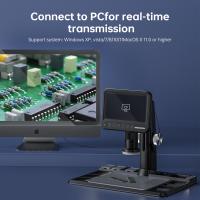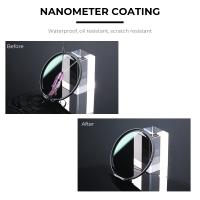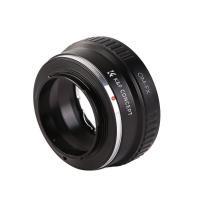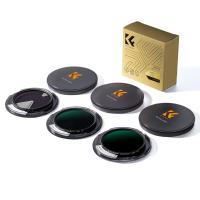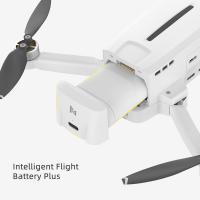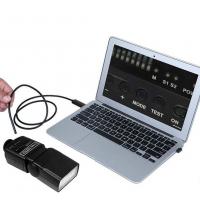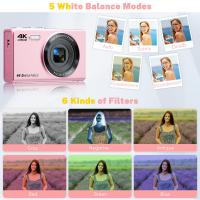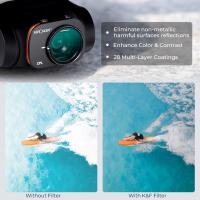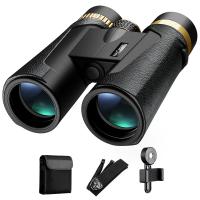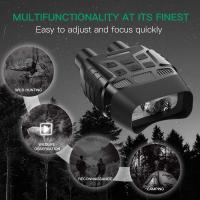What Is A Good Range For Binoculars ?
A good range for binoculars typically depends on the intended use and personal preferences. However, for general purposes such as birdwatching, wildlife observation, or sports events, binoculars with a magnification range of 8x to 10x are commonly recommended. This range provides a good balance between magnification and stability, allowing for clear and steady viewing. Higher magnifications, such as 12x or 16x, can provide more detailed views but may require additional stabilization techniques or tripods to minimize hand shake. On the other hand, lower magnifications, such as 6x or 7x, offer wider fields of view and are often preferred for activities like hunting or marine use. Ultimately, the best range for binoculars depends on the specific needs and preferences of the user.
1、 Magnification range: 8x-12x for general use, 15x-20x for long-distance viewing.
A good range for binoculars depends on the intended use and personal preferences. For general use, a magnification range of 8x-12x is recommended. This range strikes a balance between providing a clear and steady image while still allowing for a wide field of view. Binoculars with 8x-12x magnification are versatile and suitable for various activities such as birdwatching, wildlife observation, and sporting events.
On the other hand, if long-distance viewing is the primary purpose, a higher magnification range of 15x-20x is more suitable. This range allows for detailed observation of distant objects, making it ideal for activities like stargazing, nature observation in vast landscapes, or ship spotting. However, it is important to note that higher magnification can also result in a narrower field of view and a shakier image due to hand movements.
It is worth mentioning that advancements in technology have led to the development of image stabilization systems in some binoculars. These systems help reduce hand movements and provide a more stable image, even at higher magnifications. Therefore, if long-distance viewing is a priority, considering binoculars with image stabilization technology could enhance the viewing experience.
Ultimately, the choice of magnification range depends on personal preferences and the specific use case. It is recommended to try out different magnifications before making a purchase to determine the most comfortable and suitable range for individual needs.
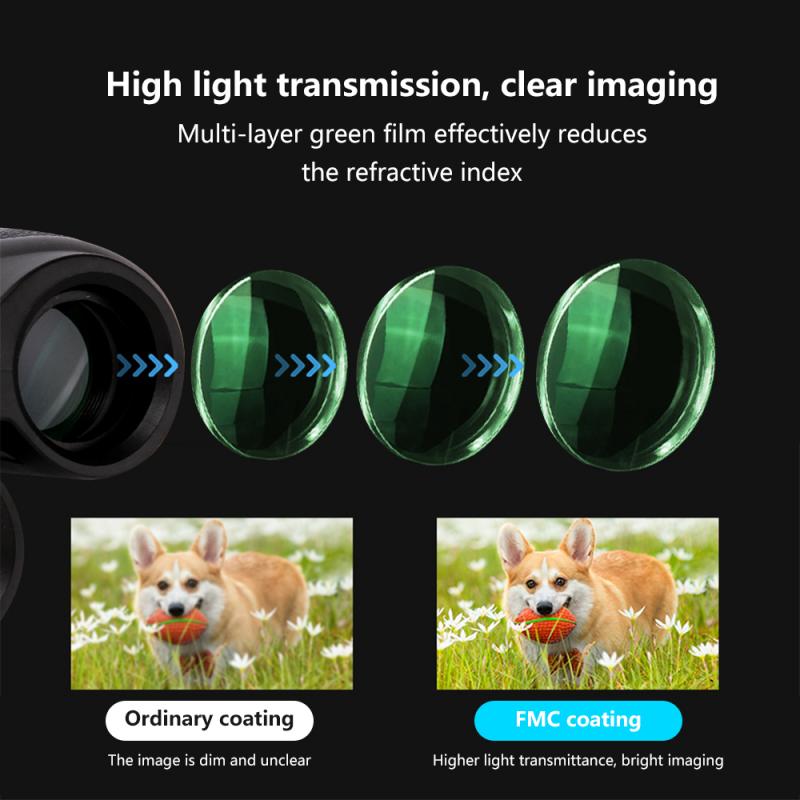
2、 Objective lens diameter: 30mm-50mm for compact binoculars, 50mm-70mm for larger ones.
A good range for binoculars can vary depending on the intended use and personal preferences. However, there are some general guidelines to consider when selecting binoculars. One important factor to consider is the objective lens diameter, which refers to the size of the front lenses.
For compact binoculars, which are typically used for activities like birdwatching, hiking, or sporting events, an objective lens diameter of 30mm to 50mm is generally recommended. Compact binoculars with a smaller objective lens diameter are more lightweight and portable, making them easier to carry around. On the other hand, binoculars with a larger objective lens diameter in this range offer better light-gathering capabilities, resulting in brighter and clearer images.
For larger binoculars, which are often used for stargazing or wildlife observation, an objective lens diameter of 50mm to 70mm is commonly recommended. These binoculars are bulkier and heavier than compact ones but provide superior image quality, especially in low-light conditions. The larger objective lens diameter allows more light to enter the binoculars, resulting in brighter and more detailed images.
It's worth noting that advancements in lens and coating technologies have improved the performance of binoculars in recent years. Some manufacturers now offer compact binoculars with larger objective lens diameters, providing a balance between portability and image quality. Similarly, larger binoculars with high-quality optics can offer exceptional performance despite having a slightly smaller objective lens diameter.
Ultimately, the choice of binoculars depends on individual preferences, intended use, and budget. It's recommended to try out different binoculars and consider factors like magnification, field of view, and overall build quality in addition to the objective lens diameter.
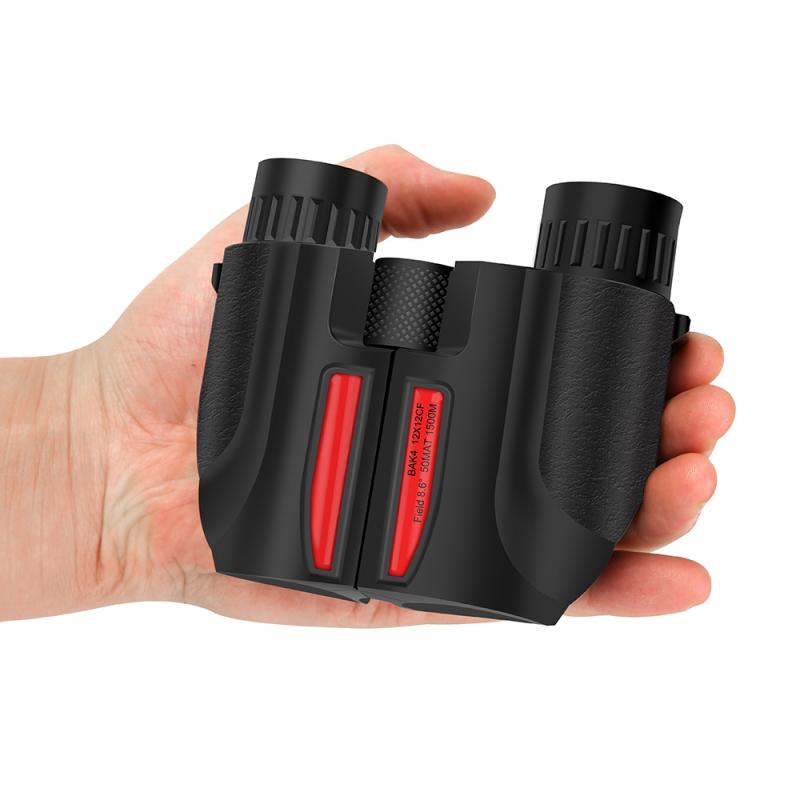
3、 Field of view: 300ft-400ft at 1000 yards for wide viewing.
A good range for binoculars in terms of field of view is typically around 300ft-400ft at 1000 yards for wide viewing. This means that when you look through the binoculars, you will be able to see a horizontal distance of 300 to 400 feet at a distance of 1000 yards. This wide field of view allows you to observe a larger area without having to constantly move the binoculars.
Having a wide field of view is particularly useful in activities such as birdwatching, wildlife observation, or even during sporting events. It allows you to capture more of the scene and easily track moving objects. For example, when birdwatching, a wider field of view enables you to spot birds in their natural habitat and follow their movements more easily.
It is important to note that the field of view can vary depending on the specific model and magnification power of the binoculars. Higher magnification binoculars tend to have a narrower field of view, while lower magnification binoculars offer a wider field of view. Therefore, it is essential to consider your specific needs and preferences when choosing binoculars.
In recent years, there have been advancements in binocular technology that have improved the field of view. Some manufacturers have introduced binoculars with wider fields of view, allowing users to see even more of the surrounding area. These advancements have enhanced the overall viewing experience and made binoculars more versatile for various outdoor activities.
In conclusion, a good range for binoculars in terms of field of view is typically around 300ft-400ft at 1000 yards for wide viewing. However, it is important to consider your specific needs and preferences when selecting binoculars, as the field of view can vary depending on the model and magnification power.
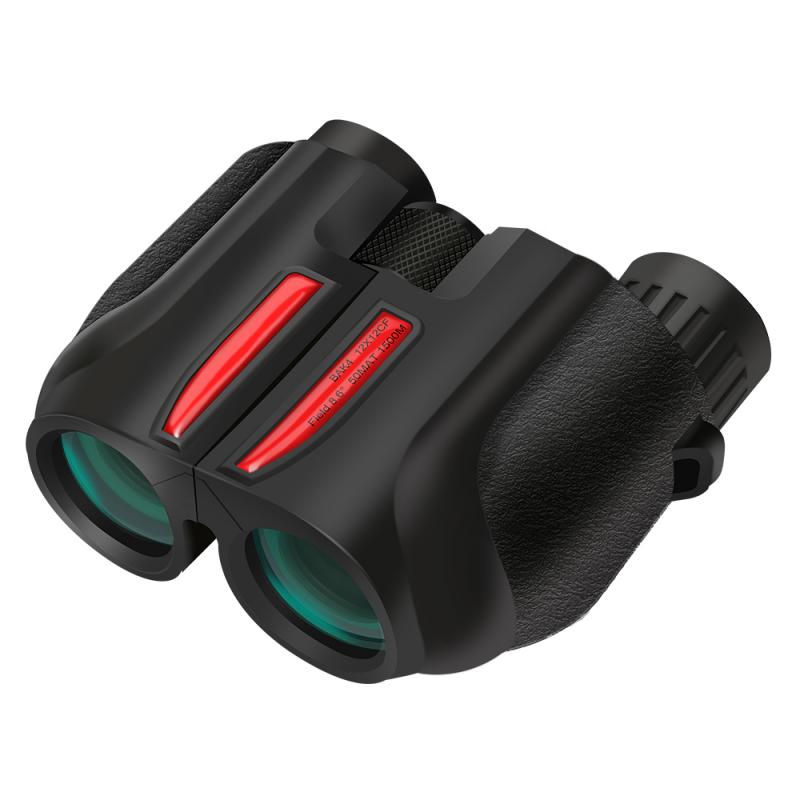
4、 Exit pupil size: 2mm-7mm for low-light conditions.
What is a good range for binoculars? The exit pupil size is an important factor to consider when determining the quality and suitability of binoculars for different lighting conditions. The exit pupil refers to the diameter of the beam of light that exits the eyepiece and enters the viewer's eye. It is calculated by dividing the objective lens diameter by the magnification power of the binoculars.
For low-light conditions, a good range for the exit pupil size is typically between 2mm and 7mm. This range allows for sufficient light gathering capability, ensuring a brighter and clearer image in dimly lit environments. Binoculars with an exit pupil size closer to 7mm are more suitable for extremely low-light conditions, such as stargazing or wildlife observation at dusk or dawn.
However, it is important to note that the ideal exit pupil size may vary depending on individual preferences and the specific application. Some experts argue that an exit pupil size of 5mm is sufficient for most low-light situations, while others believe that a larger exit pupil provides a more immersive viewing experience.
Additionally, advancements in technology have led to the development of binoculars with larger exit pupil sizes, such as 8mm or even 10mm. These binoculars are designed to provide enhanced performance in extremely low-light conditions, making them popular among astronomers and wildlife enthusiasts.
In conclusion, a good range for binoculars' exit pupil size for low-light conditions is generally considered to be between 2mm and 7mm. However, the ideal exit pupil size may vary depending on personal preferences and the specific application. It is always recommended to try out different binoculars and consult with experts to find the best fit for your needs.
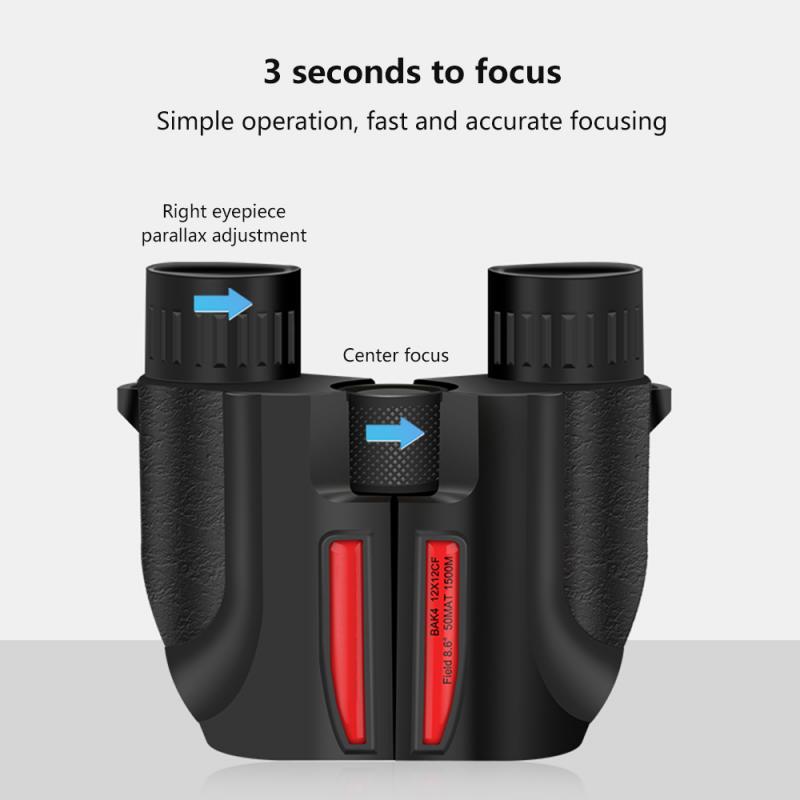


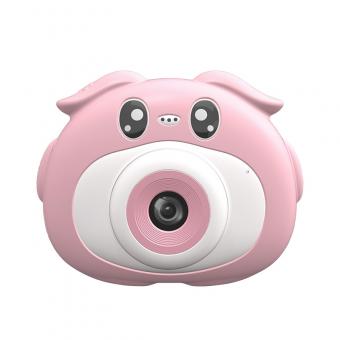
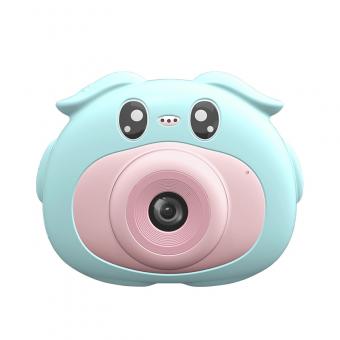

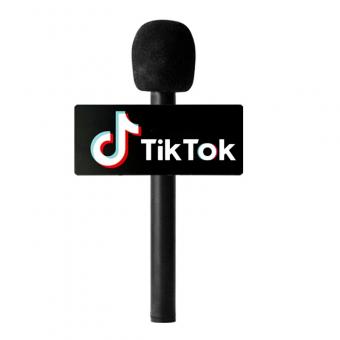
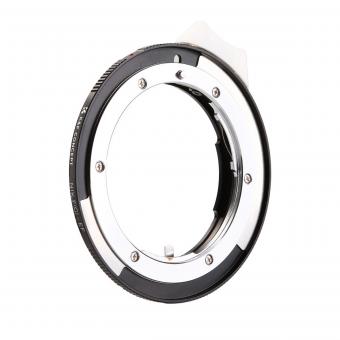

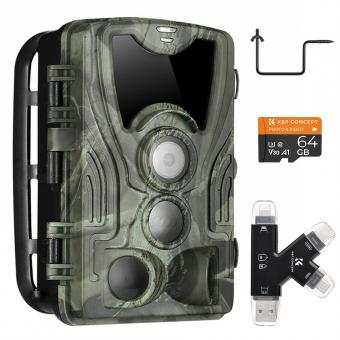

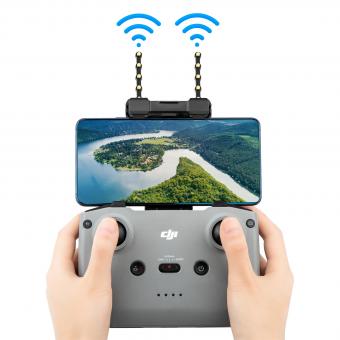
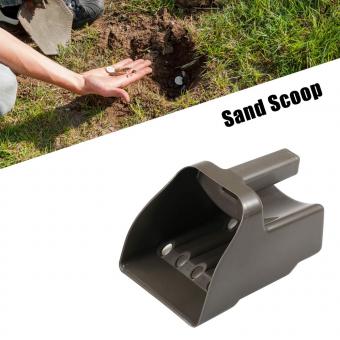



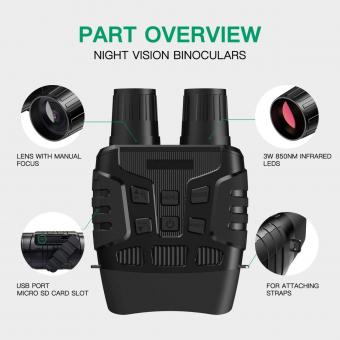


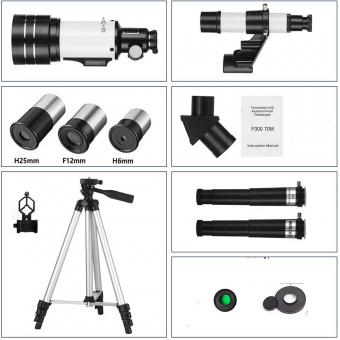


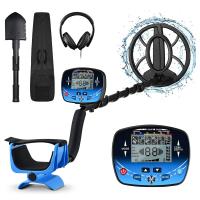

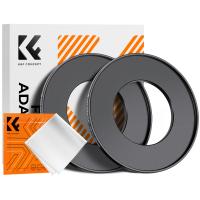
![J12 Mini-projector Outdoor-filmprojector met 100 inch-projectorscherm, 1080P, compatibel met tv-stick, videogames, HDMI, USB, TF, VGA, AUX, AV [Amerikaanse regelgeving] J12 Mini-projector Outdoor-filmprojector met 100 inch-projectorscherm, 1080P, compatibel met tv-stick, videogames, HDMI, USB, TF, VGA, AUX, AV [Amerikaanse regelgeving]](https://img.kentfaith.de/cache/catalog/products/de/GW01.0172/GW01.0172-1-200x200.jpg)


